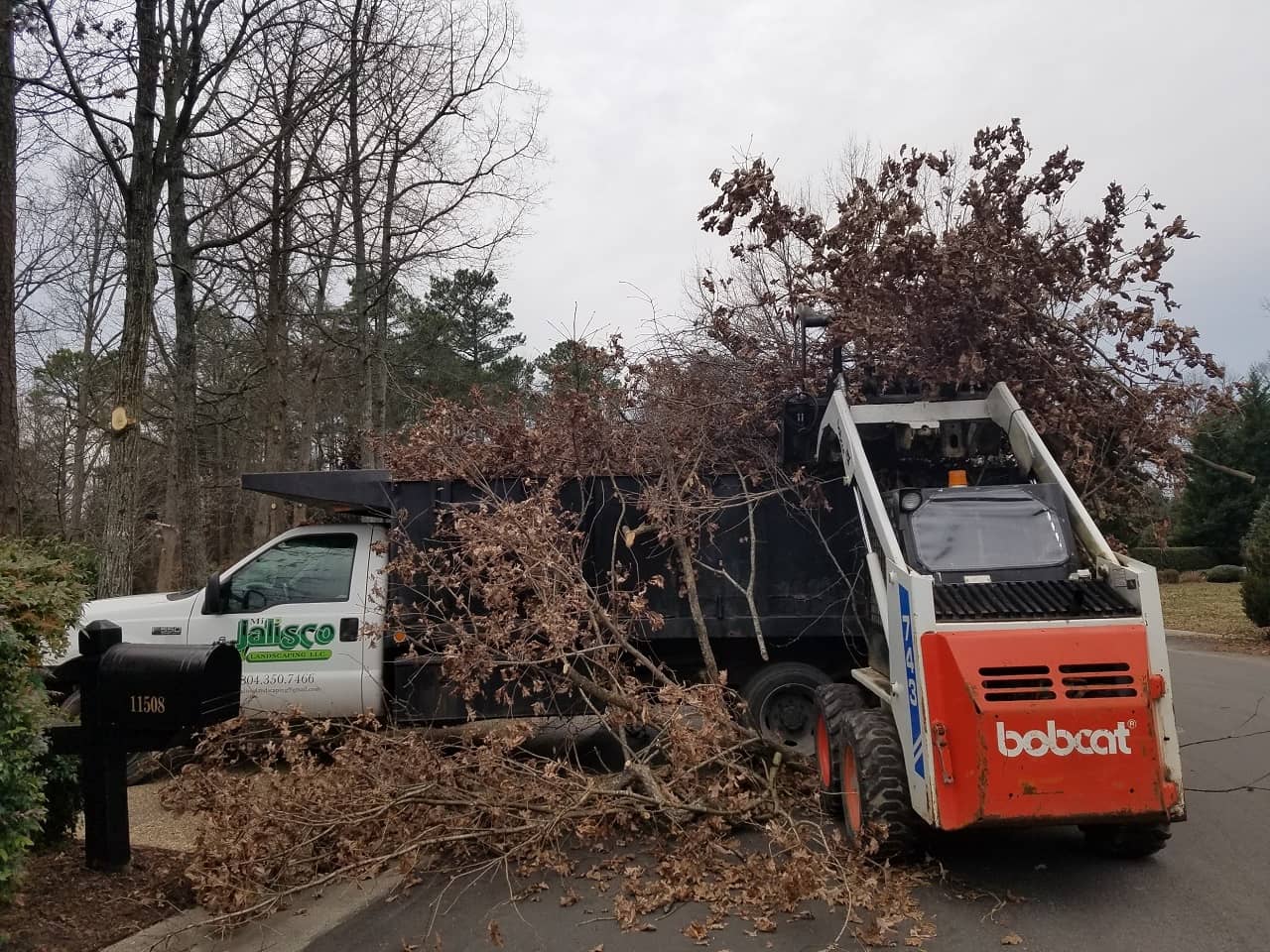All Categories
Featured
The removal of trees can create open areas that are at risk to weed intrusion. When trees are existing, their dense covers usually shade the ground, restricting the amount of sunshine that gets to the dirt. After the removal of trees, these open areas get raised sunlight, offering optimal problems for weed development.

They may suggest the usage of compost, which acts as a safety barrier on the dirt surface, preventing weed seeds from sprouting and subduing weed growth.

The visibility of trees fosters an abundant and diverse neighborhood of soil germs. Tree origins offer a source of organic matter, exudates, and nutrients that support the growth and task of helpful dirt microorganisms. However, when trees are gotten rid of, the absence of their origins can interfere with the fragile equilibrium of the dirt's microbial ecosystem.
How Much Does It Cost To Hire A Tree Arborist Wollongong?
This adjustment in pH can impact nutrition availability, microbial task, and overall dirt wellness. To deal with the effects of tree cutting on soil pH, tree removal experts can offer valuable advice. They may recommend dirt testing to analyze the current pH levels and identify the necessary modifications. Based upon the results, experts can recommend pH adjustment methods, such as including lime to increase soil pH or incorporating important sulfur to lower it.

It refers to the compression of soil bits, causing minimized pore room and boosted dirt thickness. This compaction can adversely impact the dirt's ability to operate efficiently, influencing its water-holding capability, nutrition schedule, and origin infiltration. Correct methods utilized by tree elimination professionals can aid lessen compaction and protect the dirt's ability to preserve water, and permit for sufficient air movement and cautious equipment handling.
Latest Posts
How Much Does Full Service Wollongong City Council Tree Removal Cost?
What Is The Best Tree Cutting Wollongong?
Is It Worth Paying For Stump Removal Wollongong?